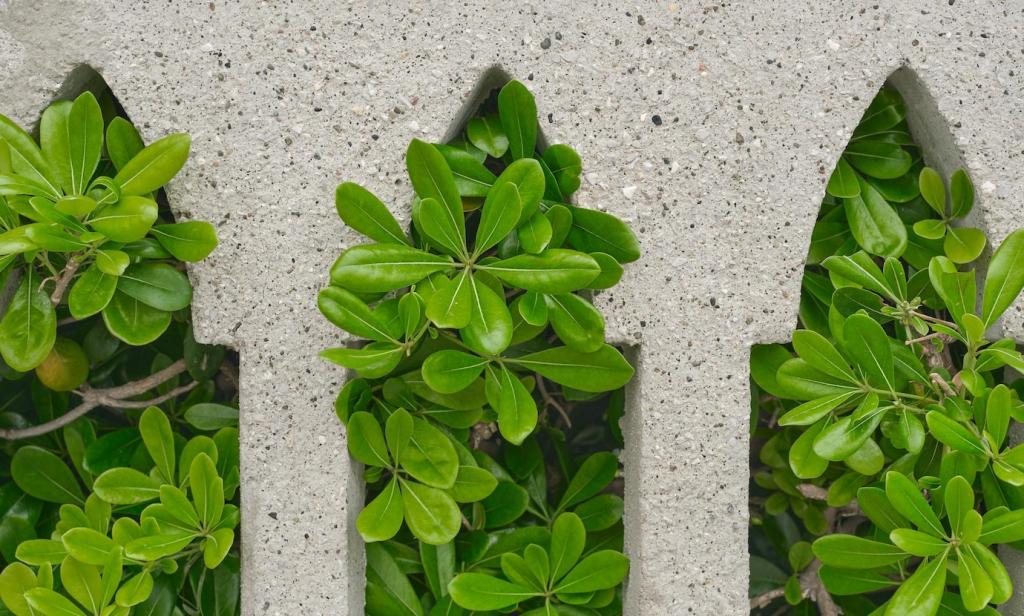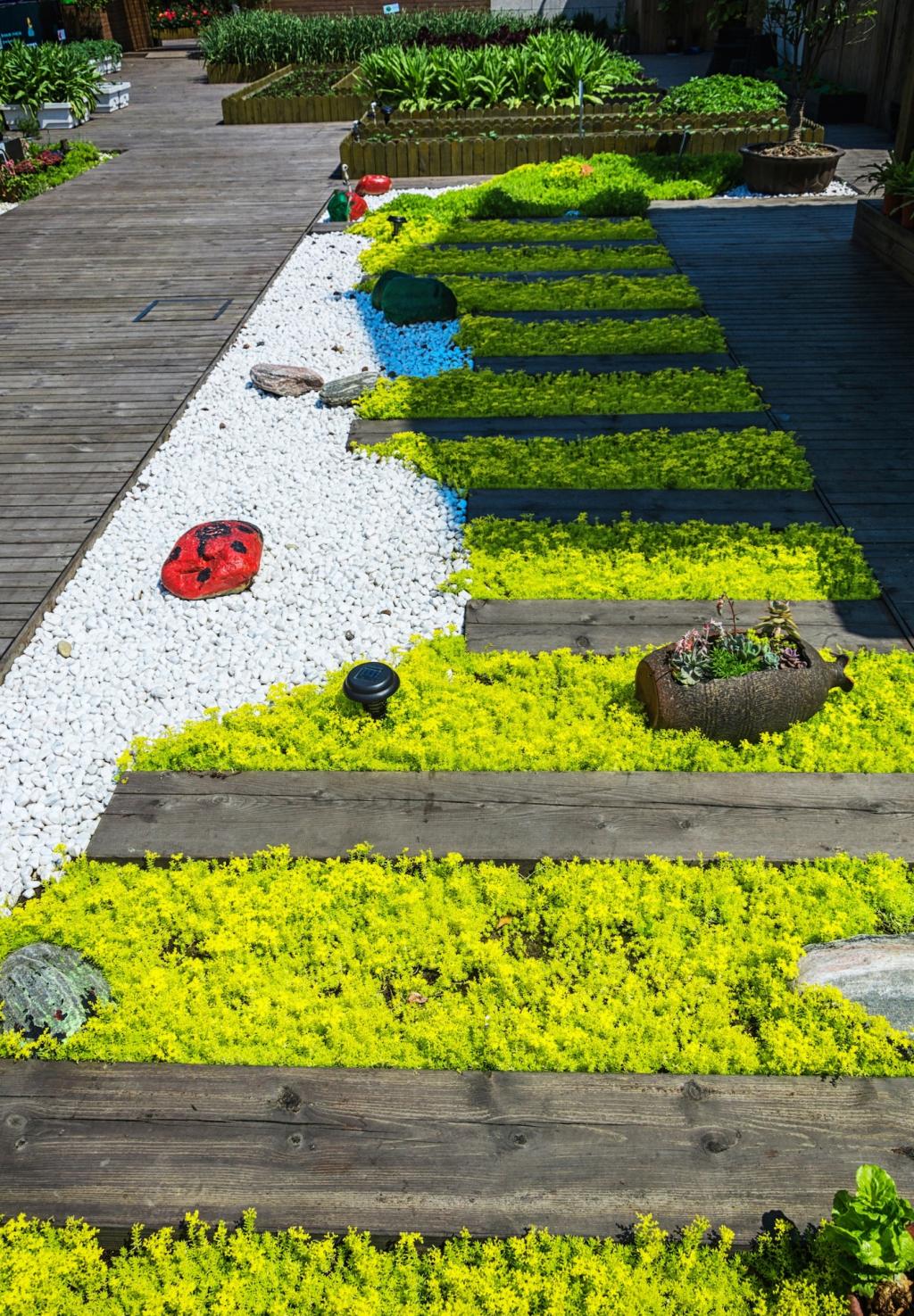Irrigation Strategies that Respect Soil Life
Elevate tanks to boost gentle pressure, then feed 1/2‑inch mainlines and soaker hoses beneath mulch. Uniform emitters reduce waste and leaf wetting. Share your bed sizes, and we’ll propose a simple layout.
Irrigation Strategies that Respect Soil Life
Wood chips, leaves, and compost blanket soil to lock in moisture. Swales slow runoff, berms redirect flows, and basins recharge roots. Post a sketch of your slope, and we’ll suggest a contour plan.





